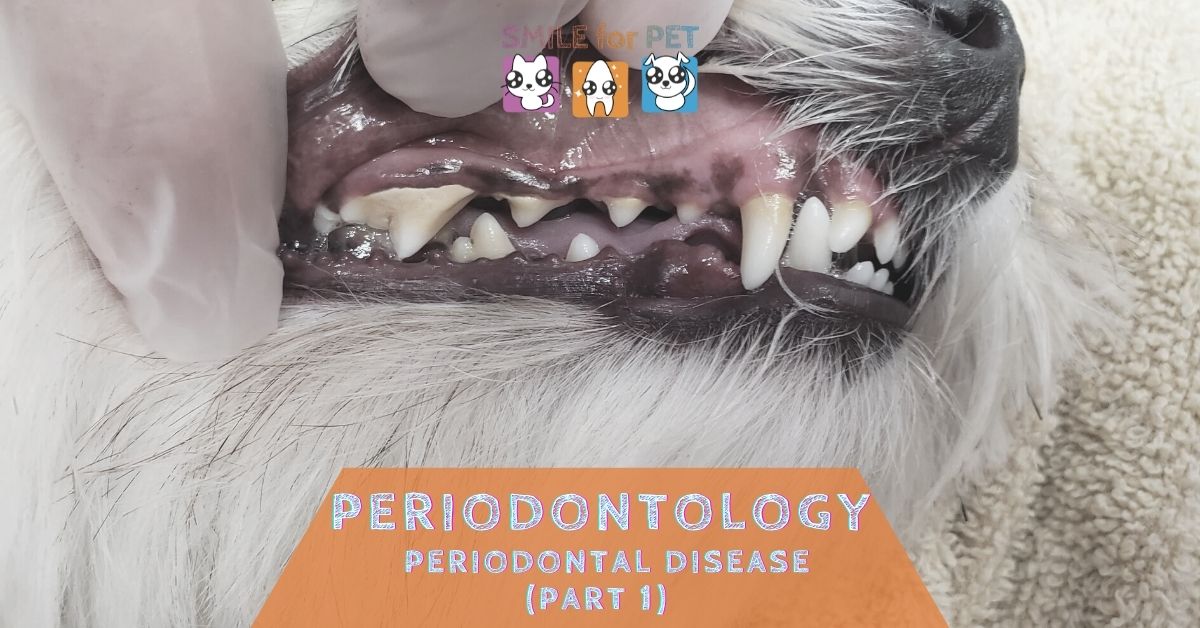Periodontology (part 1)
Estimated reading time: 3 minutes
Definition of periodontal:
What is a periodontal ligament, or just periodontal disease? Let’s start with definitions. The periodontal is the complex of tissues surrounding the tooth and holding it in place; Periodontitis (pere-o-don-TIE-tis) is the inflammation of the tissues. Another common name is “gum disease.” Other several parts of teeth anatomy that is included in Periodontal are:
- the gum
- the ligament of the tooth
- the alveolar bone
- the root cement
The periodontal ligament is the binding site of the lesion that determines tooth mobility and pain.
Clinical signs of periodontal disease include:
- Redness
- swollen gums (gingivitis)
- bad breath from the mouth
- tartar (may or may not be there at all)
- loose teeth
- purulent discharge from under the gums, etc.
Causes of occurrence of periodontal disease
Among the many causes of inflammatory reactions in periodontal tissues, plaque, which includes bacteria, saliva components, and particles of oral epithelium, is the first and most important. Plaque begins to form in the first hours immediately after brushing your teeth.
Typically, animals’ teeth are “self-cleaning,” There is no need to brush them. But for various reasons, it is not happening with all dogs. Plaque begins to spread along the gum line, and the bacteria it contains secrete toxins and other metabolic products that cause inflammation of the periodontal tissues.
The inflammatory process begins at the gingiva – gingivitis develops. Then the inflammation spreads deep into the tissues surrounding the tooth, which means the gingivitis progresses to periodontitis.
Inflammation can lead to gum recession (the roots are exposed), or it can move deep beneath the gum and form periodontal pockets.
The inflammatory process spreads to the bone structure, and the bone begins to break down (bone resorption occurs). The teeth become movable and eventually fall out.
As the disease progresses, tartar forms. Plaque forms the tartar. If not removed in time, Bacterial plaque gradually thickens, mineralizes, and becomes tartar. Tartar mechanically interferes with the gum, irritating it and pushing it away (pushing the gum up or down).
What can periodontal disease lead to?
Skeletal jaw
If periodontitis is left untreated and negatively affects the teeth and their surrounding tissues, it can lead to several complications. As a result of infectious inflammation, the bone is weakened, resulting in a pathological fracture.
Pathological fracture is
A broken bone caused by disease, often by the spread of cancer to the bone
A fracture of the bony jaw can occur under normal circumstances. The emaciated jaw might break while the pet jumps off a couch.
Pet Oronasal Fistula
Oronasal Fistula occurs in advanced periodontal when the infection spreads to the inner surface of the upper canine’s incisors, or premolars. The roots of these teeth are separated from the nasal cavity by a thin bone plate. Periodontitis destroys this bone, resulting in a communication between the oral and nasal cavities.
Bacteria, food debris, saliva, hair, etc., might get into this area and cause an infection in the nasal cavity.
Signs of dog’s Oronasal Fistula:
- sneezing
- nasal discharge
- nose bleeding
- sometimes loss of appetite
- the horrible smell from the mouth
Oronasal fistula sometimes occurs even if the rest of the teeth are relatively healthy. Unfortunately, in this case, the tooth should be extracted.

